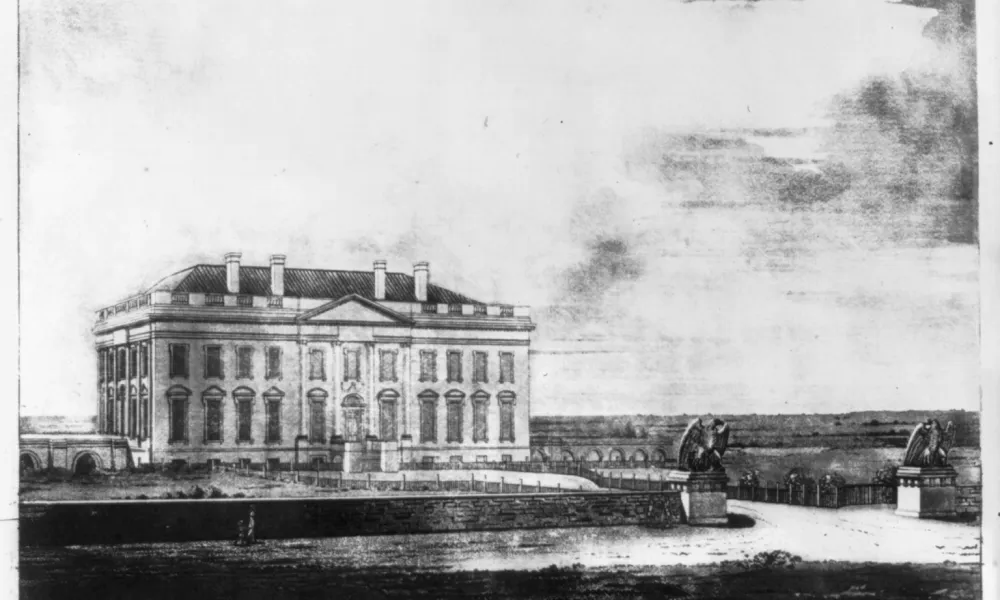Trump’s $200m ballroom: A history of home improvements at the White House

US President Donald Trump is set to undertake the most significant renovation in recent White House history: a new $200 million ballroom to be constructed adjacent to the East Wing. This addition, described by the administration as “exquisite” and “much needed,” will span approximately 90,000 square feet (8,360 square meters) and accommodate up to 650 guests.
The project marks a long-standing promise from Trump, who previously offered $100 million during Barack Obama’s presidency for a similar initiative, which was rejected at the time. In a briefing with reporters, Press Secretary Karoline Leavitt emphasized that the ballroom will be built where the East Wing currently stands, though she stated that the structure would need to be “modernized.” The renovations, according to Leavitt, will be completed before the end of Trump’s term in January 2029.
The president and other donors are expected to cover the costs, although specific financial details have not been disclosed. Renderings released by the White House suggest that the new space will maintain architectural consistency with the rest of the mansion.
Formal events at the White House are typically held in the East Room, which seats around 200 people. The new ballroom aims to expand the capacity for official functions and ceremonies.
The White House has a long history of modifications to meet the evolving needs of the presidency. Construction of the original building began in 1792, designed by Irish architect James Hoban. It was occupied by President John Adams in 1800, though it remained unfinished at the time. Enslaved laborers played a key role in its early construction, performing physically demanding tasks such as quarrying stone and making bricks.
During the War of 1812, British forces set fire to the White House in August 1814. Reconstruction followed under President James Madison, led again by Hoban. Over the next century, the building underwent gradual improvements, including the addition of running water, gas lighting, and electricity.
One of the most transformative changes came during Theodore Roosevelt’s presidency in 1902, when he redesigned the interior, moved presidential offices to the West Wing, and expanded the State Dining Room. His successor, William Howard Taft, further extended the West Wing and created the first Oval Office.
Harry Truman initiated the most extensive renovation in 1945, gutting the interior and rebuilding it with steel and concrete. He also added the controversial “Truman Balcony” on the South Portico. Subsequent presidents made more subtle but meaningful adjustments, such as John F. Kennedy’s restoration of historical interiors, Nixon’s addition of a bowling alley, and Clinton’s technological upgrades.
Recent renovations under Barack Obama included the installation of Wi-Fi and the conversion of tennis courts into a basketball court. While no exact figures exist, the cumulative cost of renovations over the years is estimated to be around $250 million.
The timing of Trump’s ballroom project has drawn attention, particularly in light of his criticism of the Federal Reserve’s $2.5 billion renovation of two 1930s buildings. During a visit to the Fed headquarters, Trump accused Chair Jay Powell of mismanagement, calling him a “numbskull.” Despite this, the Fed maintained interest rates at 4.25-4.50 percent, as economic uncertainty persists.


